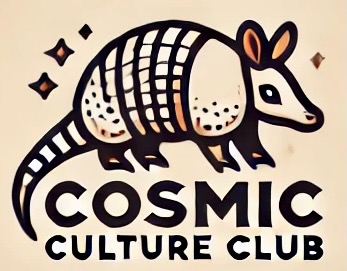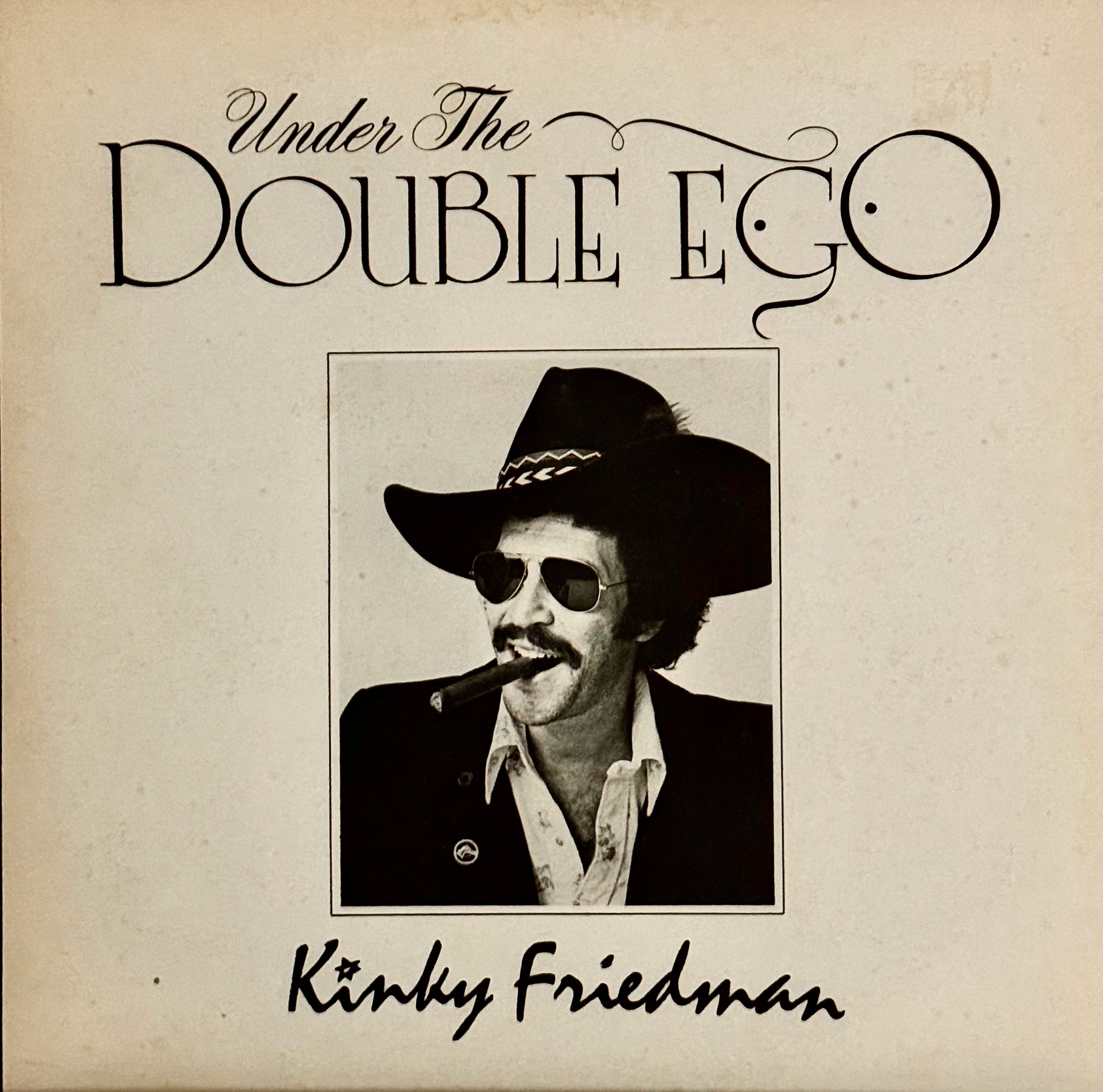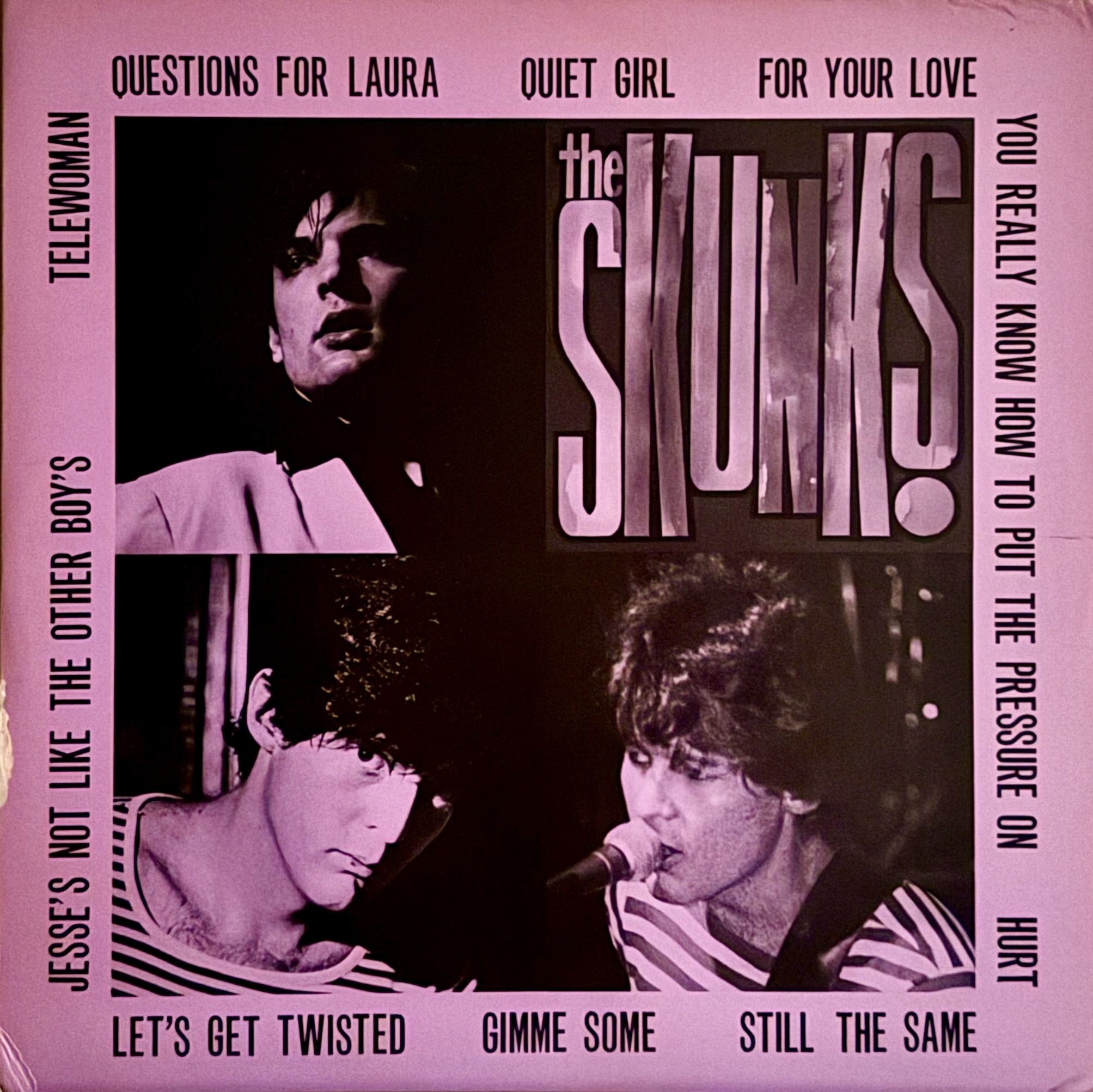Marcia Ball, Angela Strehli, and Lou Ann Barton
Album: Dreams Come True
Released: 1990
Dreams Come True was a highly anticipated album from an Austin supergroup featuring Lou Ann Barton, Marcia Ball, and Angela Strehli—three artists that dominated the eighties. Angela Strehli won the Austin Music Awards’ Female Vocalist of the Year award five times in the decade, and Lou Ann Barton took it an additional three times. Marcia Ball was the veteran in the trio. She began her career with Freda and the Firedogs, one of the original local bands that pre-dated Willie Nelson. She went on to have a successful solo career and released a string of acclaimed Blues and R&B albums.
Although they all swam in the same pond, the trio had never collaborated before. “We really had no idea how our voices would blend,” Strehli admitted. “Everyone just assumed it would work out, but we weren’t sure. We hadn’t done much together beyond swapping sets at Antone’s, despite the perception that we were close friends who sang together all the time.” Recording the album took five years to complete, but the final product was worth the wait. They successfully merged their distinct styles into a cohesive showcase, reaffirming their status as the leading vocalists in town. Dreams Come True was one of the premier releases on the Antone’s label and is a treasured recording among blues enthusiasts.

The Stinger
The exact origin of the Stinger cocktail remains a mystery, though it’s believed to have emerged in New York City in the late 1800s. This classic drink is most closely associated with Reginald Claypoole Vanderbilt of the Vanderbilt family. He was wealthy and, by avoiding trivial nuisances like working, was able to specialize in indulgence and sophistication. In the Roaring Twenties, he was the greatest of the Gatsbys. The Stinger was his drink of choice, and he was known to mix them by the hundreds at his extravagant parties.
Thanks to Vanderbilt’s patronage and the cocktail’s use of cognac, the Stinger became a symbol of high society. Even during the dark days of Prohibition, its popularity soared—partly because the crème de menthe effectively masked the harsh taste of the inferior brandy that was commonly available. Despite the challenges of the time, the Stinger retained its reputation as a sophisticated and classy drink.
After dominating cocktail orders for decades, it started to fade from popularity in the sixties and was all but forgotten by the time Dreams Come True was released in 1990. While it’s unlikely there were many folks ordering Stingers at Antone’s while this trio was exchanging sets, it would have been an excellent choice. It’s a luxurious drink that matches the silkiness of the singers note for note.
There are a couple of quirks to a Stinger:
- You must use clear crème de menthe. Anything green should be put back in the cabinet to await another occasion.
- This cocktail should be shaken, not stirred—breaking all established rules.
- It can be served over ice in a rocks glass or strained into a chilled martini glass if served up. (Vanderbilt was partial to the rocks glass.)
Ingredients
- 2 oz Brandy or Cognac
- 1 oz Clear Crème de Menthe
Directions
- Add the brandy and crème de menthe to a shaker full of ice.
- Shake well, then strain into a rocks glass with ice or into a chilled martini glass.









